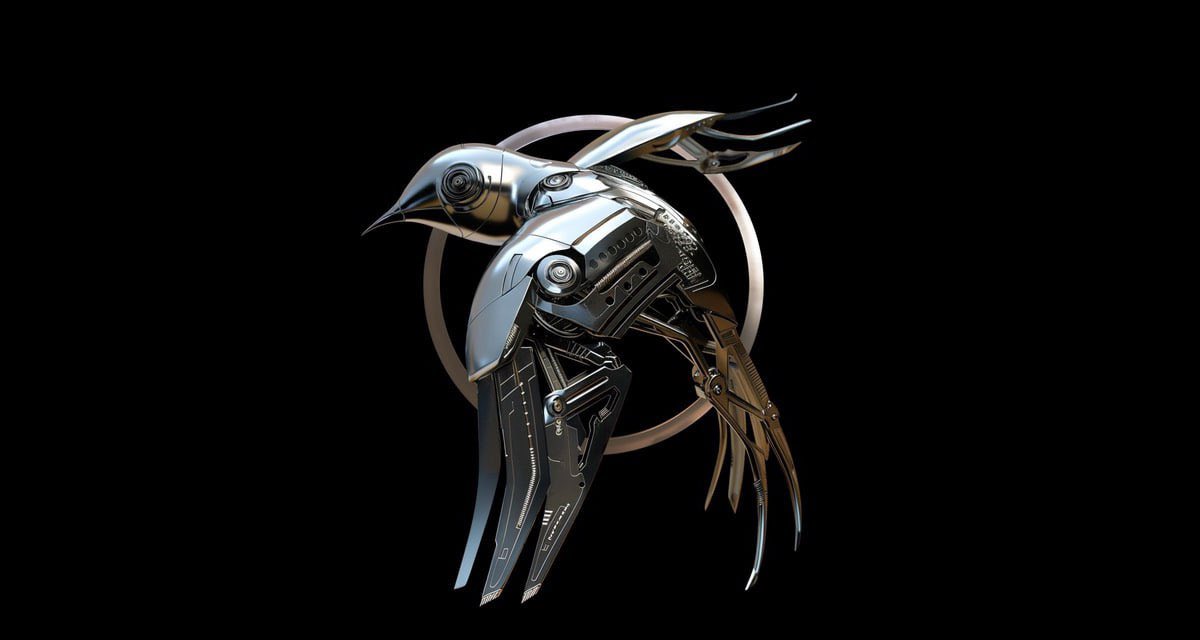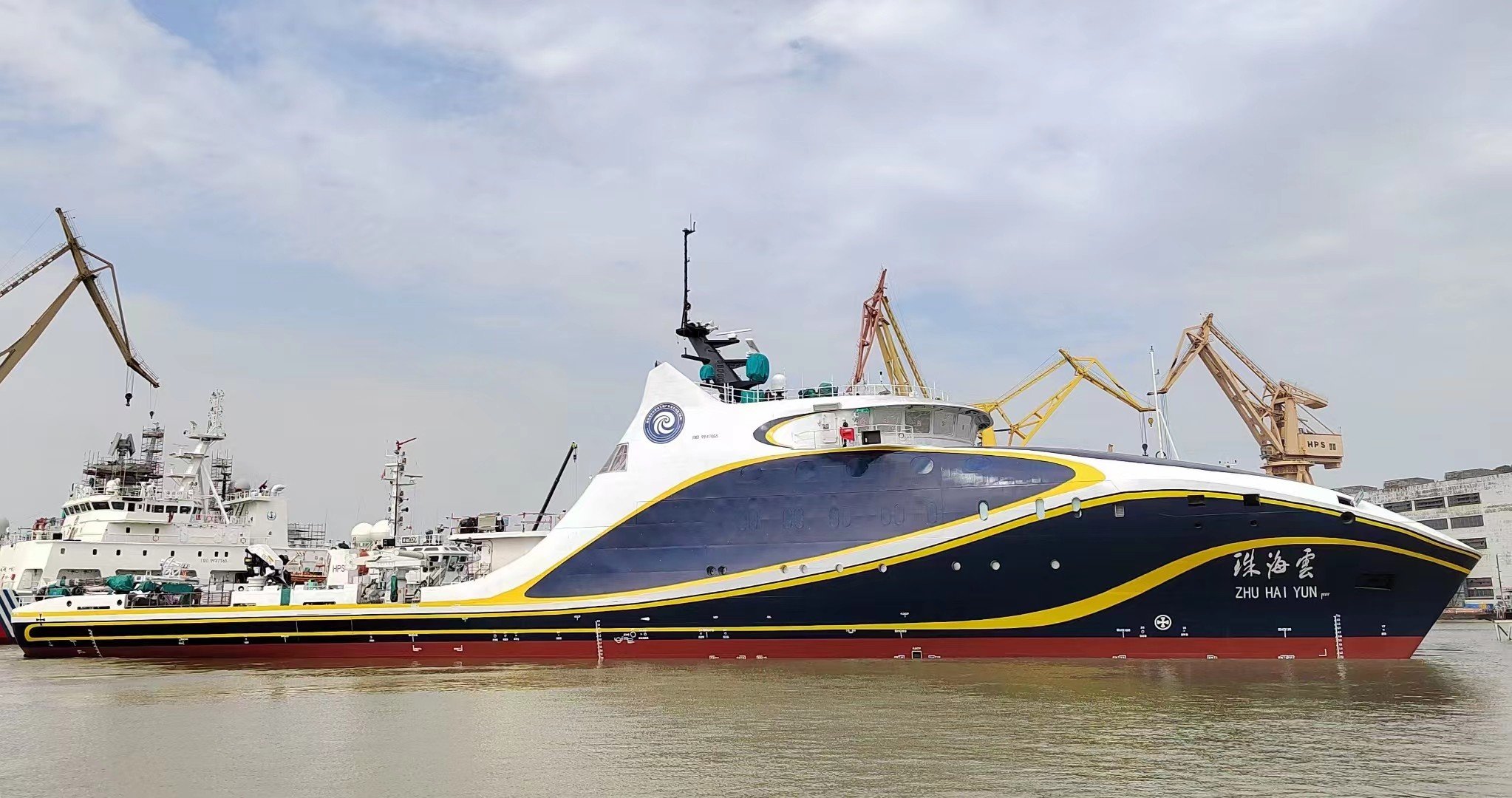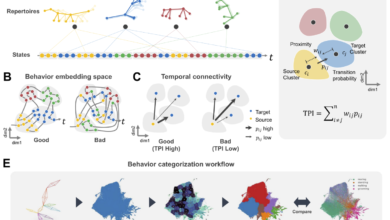Ukraine Launches World’s 1st Unmanned Systems Forces; Masters Robotic War Across Land, Sea & Air

In a move aimed at revolutionizing modern warfare, Ukraine has officially established the world’s first Unmanned Systems Forces (USF), dedicated to advancing the capabilities of unmanned and robotic warfare across air, sea, and ground domains.
Ukrainian President Volodymyr Zelenskyy’s vision, announced in February, became a reality on June 11 with the formal launch of this groundbreaking military branch.
Speaking at the ceremony in Kyiv, Deputy Minister of Defense Ivan Havryliuk hailed the establishment of the USF as a key moment, not just for Ukraine but potentially for international military cooperation.
“Ukraine is the only country in the world that has created the Unmanned Systems Forces, and this gives hope for the creation of a coalition of countries,” said Havryliuk.
Colonel Sukharevskyi, known for his leadership during the Russian-Ukrainian conflict, assumed leadership of the force poised to pioneer new standards in unmanned warfare.
Ukraine became the first country in the world to create a new branch of the armed forces—Unmanned Systems Forces.
The Unmanned Systems Forces use air, sea, and ground unmanned and robotic systems in their combat operations.
Colonel Vadym Sukharevskyi, the Hero of Ukraine, is… pic.twitter.com/SBgNu9t2VK
— Defense of Ukraine (@DefenceU) June 12, 2024
Colonel Sukharevskyi is a distinguished veteran known by his callsign “Borsuk” (Badger), who has a wealth of experience in unmanned aerial vehicle (UAV) deployment.
“I am honored to lead this revolutionary force,” Colonel Sukharevskyi remarked during the launch ceremony in Kyiv. Our mission is clear: to harness the power of unmanned systems to safeguard our nation and forge new alliances in defense innovation.”
Over a million domestically developed First Person View (FPV) unmanned aircraft systems (UASs) will bolster the USF by 2024, a testament to Ukraine’s effort to develop indigenous defense capabilities.
This ambitious development program aims not only to enhance Ukraine’s defense capabilities but also to position the country as a global leader in unmanned military technologies.
“We have everything to win the war against the Russian Federation. Everything to replace a person in the trench, at sea, in the air, and underwater,” Havryliuk said.
The emblem of the new branch, an iron swallow designed by artificial intelligence, symbolizes Ukraine’s transformation from vulnerability to resilience.
According to platoon UAV commander Oleksandr Yarmak, “This is an absolutely new structure in which nothing needs to be changed; instead, we can create new approaches.”

Global Shift Towards Unmanned Systems
Drones have emerged as pivotal technologies in modern warfare, as vividly illustrated by their critical role in the ongoing conflict between Ukraine and Russia.
Initially deployed for reconnaissance and tactical strikes using commercial models like the DJI Mavic, Ukraine and Russia swiftly transitioned to more sophisticated first-person view (FPV) drones. These FPV drones enabled precise targeting of enemy personnel and vehicles, filling critical gaps where traditional heavy weaponry and aircraft were scarce.
Ukraine’s proactive adoption of drone warfare has culminated with the establishment of the world’s first independent military branch solely dedicated to unmanned systems. This milestone underscores Ukraine’s strategic focus on harnessing the full potential of drones in military operations.
While Ukraine leads in this domain, major global powers have rapidly expanded their drone capabilities.
The United States, for instance, has articulated a robust strategy focused on integrating drones in military operations, particularly in the Indo-Pacific region, to counter potential threats from Chinese air defenses. The US Air Force’s plans to deploy thousands of autonomous attack drones under the ‘Replicator initiative’ exemplify this commitment to technological supremacy.
Further, US Admiral Samuel Paparo, head of the US Indo-Pacific Command, recently highlighted the pivotal role of drones in potential conflicts, envisioning an “unmanned hellscape” in the Taiwan Strait should mainland China forces provoke conflict with Taiwan.
On the other hand, China has also made significant strides in drone technology, surpassing many nations with its advances.
Previous satellite images revealed China’s construction of what appears to be the world’s first dedicated drone carrier, resembling a compact aircraft carrier. The vessel highlights Beijing’s efforts to leverage unmanned systems in maritime operations.
China’s launch of the unmanned ship Zhu Hai Yun in 2022, capable of autonomous navigation and deploying drones and submersibles, further demonstrates its technological prowess and strategic foresight in naval warfare.

Meanwhile, Turkey has become a leader in drone technology, making significant advancements in development and operations. Its drones have been highly reliable across diverse scenarios, from conflict zones to disaster management and search and rescue operations.
Drones developed by Turkish defense manufacturer Baykar, such as the Bayraktar Akinci, have garnered international recognition for their capabilities. Turkish drones played a crucial role in locating the helicopter carrying the late Iranian president Ebrahim Raisi.
The commissioning of the TCG Anadolu (L-400) amphibious assault ship in April 2023 marked Turkey’s definitive entry into naval drone operations.
Originally designed to accommodate various aircraft, including the advanced F-35 fighter jet, the carrier underwent strategic repurposing. This transformation was necessitated after the United States expelled Turkey from the F-35 program in response to Turkey’s acquisition of the Russian S-400 air defense system.
Now tailored for helicopters and drones, the TCG Anadolu highlights Turkey’s rapid advancement in drone technology. This adaptation also underscores Turkey’s growing capabilities in developing and integrating advanced drone systems for naval operations.




